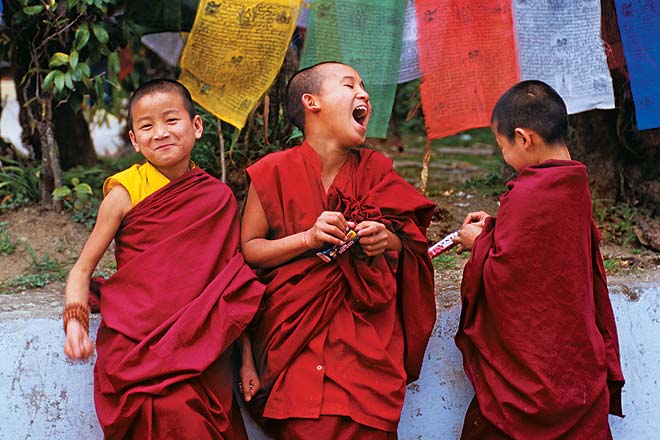HERITAGE: Buddhist trail
The new capital of Andhra Pradesh is to be named after the legendary

SPECIAL EXPERIENCE: Papikondalu River Cruise
You could take the Narasapur Express from Hyderabad, get off at Palakollu and then hop into an auto for Dindi, or fly to Rajahmundry and then cab it to Dindi. APTDC has a resort waiting for you by the banks of the Godavari here, wherefrom you cruise the river on a sedate houseboat. This is the Krishna-Godavari delta. A land so fecund that sparkling water and green fields dominate the landscape any which way you turn. Cast away on your houseboat then, and sip something enjoyable to go with delicious local food and 360-degree views on the upper deck. (www.konaseematourism.com/stay.php)
FOOD: Guntur specialties
Here’s how Andhra food got to be called very spicy—for there’s spicy and then there’s Guntur spicy. It comes as no surprise that the bustling small town in the coastal Andhra region, dotted with wayside restaurants dishing out the tongues-on-fire, call-the-fire-brigade fare, which is also the focus of food fests in big city hotels, is Asia’s largest market for red chillies. Local specialties that come highly recommended include jonna (sorghum flour) roti served with fried or gravy-based chicken (kodi vepudu or kodi koora), mutton in a gongura-leaf gravy (gongura maamsam), godhuma attu (wheat flour dosa) and ulava charu (a clear soup with horse gram). Thegongura pickle, believed to be rich inoxidants, is a yummy takeaway!
CULTURE: Godavari Pushkaram
It’s celebrated once in 12 years and lasts for as many days when it finally returns, as it will this year. A particularly auspicious alignment of the stars this year makes the 2015 Godavari Pushkaram a Mahakumbhamela, which occurs once in 144 years. The crowds, expected to come from all over India, will be fantastic, of course, and many times bigger than during a regular Pushkaram. And of the 18 holy ghats on the vast Godavari, Pushkar and Koti Lingala Revu alone can handle an estimated 1,30,000 pilgrims. All the action in propitiation of the great river takes place near well connected Rajahmundry, and full moon nights feature elaborate harathis to the river even otherwise. (July 14–25; www.godavaripushkaralu.co.in; a Facebook events page is also available)

WILDLIFE: Rollapadu Wildlife Sanctuary
The great Indian bustard and lesser florican declined drastically and the Rollapadu Wildlife Sanctuary, 45 kilometres from the district headquarters at Kurnool, was set up expressly to protect them both. Rollapadu’s grassland ecosystem and mixed forests also support more than 125 other avian species, including migratory birds like barheaded geese, greater flamingos and Demoiselle cranes, many of them drawn to the fresh water of the Alganur reservoir (enjoy the coracle rides, do!). Sloth bears, black bucks and bonnet macaques are often sighted too, as are reptiles like cobras, rattlesnakes and Russell’s vipers. (entrance fee Rs 2; October to February is peak season)
things to see and do in Andhra Pradesh
Tourist places in Andhra Pradesh
Leave a Reply
You must be logged in to post a comment.


